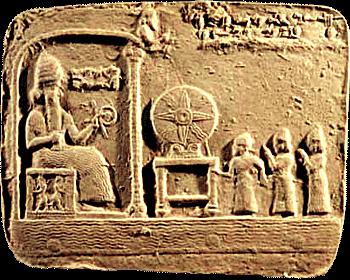In the modern scientific community there is no consensus as to when the first ancient man appeared on the planet. The whole hitch is in who exactly from a whole series of our upright ancestors is considered a person and by what criteria: brain volume, availability of tools, level of social organization, development of other physiological parameters. Be that as it may, an ancient man existed on the planet for a very long period of time. Much longer
what our entire written history has.
Paleolithic Age
It is this period that can be considered the time of the final formation of the first Homo sapiens, which appeared in the Upper Paleolithic (50–10 thousand years BC). Then tribal communities are formed that will give the first states. Primitive culture, religious beliefs are developing. A significant example is the cave painting of an ancient man, reflecting his worldview. Perhaps the most famous in this regard are the walls of the caves of Lasko and Altamira, which until today have preserved surprisingly eloquent paintings with scenes of public, spiritual life, hunting, and so on.
Different humanity
It is interesting to note that in the Paleolithic, according to modern scholars, several alternative branches of the erectus development were presented at once
hominids. So, for example, today the well-known Neanderthals are no longer considered the ancestor of modern man, but only a dead end, extinct about 40 thousand years ago branch, literally different humanity. There are many versions about why this ancient man, having considerable technical achievements, having mastered the craft of hunting, having tamed the fire, could not survive to this day: from a banal failure to adapt to new natural conditions and the departure of glaciers to the physical widespread destruction of Neanderthals by our ancestors - Cro-Magnons.
The emergence of the first civilizations
It was the latter species that managed not only to successfully resist the forces of nature, but also to tame it. An epic event was the so-called Neolithic revolution. This definition designates the transition from the appropriating subsistence economy, that is, hunting and gathering, to the producing one - cattle breeding and cultivation of useful plants. The fact that an ancient man learned not only to take what nature gives him, but also to create his own food and labor products, predetermined fundamental transformations on our planet. The transition to a productive economy made it possible to forget about the painful problem of hunger, the first permanent settlements appeared - the oldest villages and cities. Previously limited hunting areas and

diversity of fauna imposed a natural limit on the number of human communities. The increase in labor productivity, which is now characterized by agriculture, has led to a significant increase in the number of tribes, specialization of labor, social stratification, the first property right. Of course, all this could not but result in the creation of the first states on the planet in 7-6 millennia BC.
The people of ancient Egypt, India, the states of Mesopotamia already had developed social systems, cultural and religious worldviews, and economic and political systems.
The history of mankind has begun.